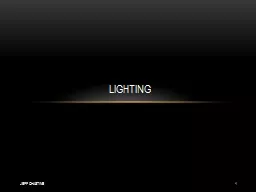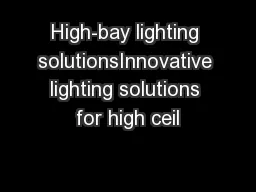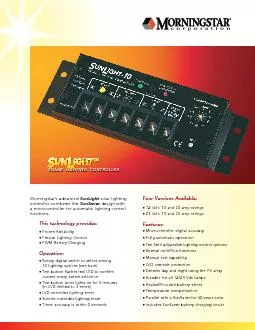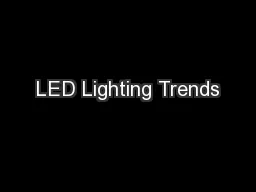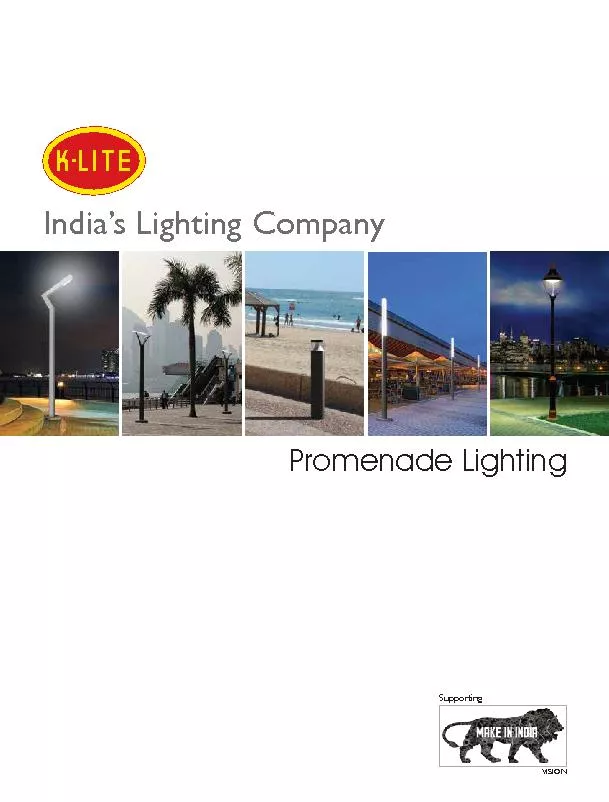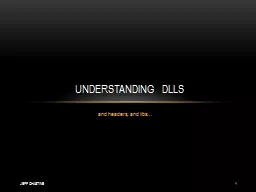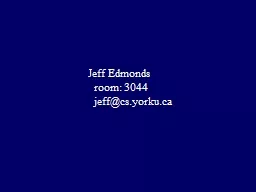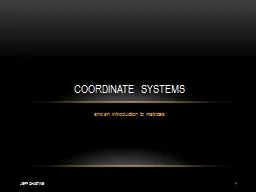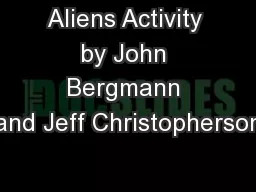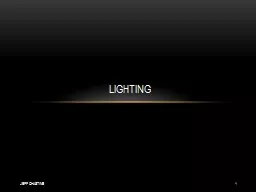PPT-Lighting Jeff Chastine
Author : kittie-lecroy | Published Date : 2020-01-10
Lighting Jeff Chastine 1 What is Light A very complex process Find a dark area how is it being lit Light bounces mirrors shiny objects Light refracts through other
Presentation Embed Code
Download Presentation
Download Presentation The PPT/PDF document "Lighting Jeff Chastine" is the property of its rightful owner. Permission is granted to download and print the materials on this website for personal, non-commercial use only, and to display it on your personal computer provided you do not modify the materials and that you retain all copyright notices contained in the materials. By downloading content from our website, you accept the terms of this agreement.
Lighting Jeff Chastine: Transcript
Download Rules Of Document
"Lighting Jeff Chastine"The content belongs to its owner. You may download and print it for personal use, without modification, and keep all copyright notices. By downloading, you agree to these terms.
Related Documents

